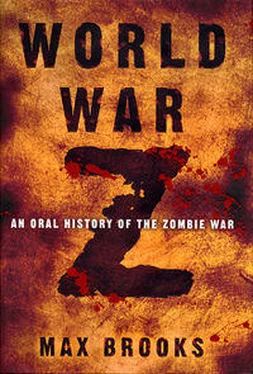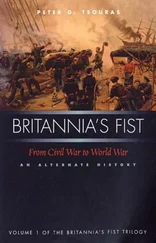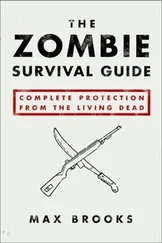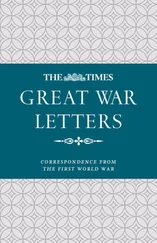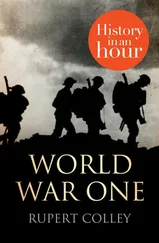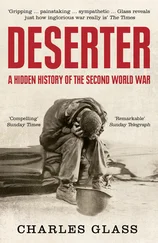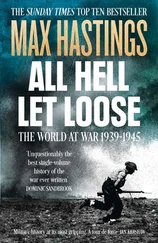The acronym stands for Mobile Tactical High Energy Laser, codesigned by the United States and Israel to take out small incoming projectiles. When Israel declared self-quarantine, and when so many terrorist groups were lobbing mortar rounds and rockets across the security wall, MTHEL was what knocked them down. About the size and shape of a World War II searchlight, it was, in fact, a deuterium fluoride laser, much more powerful than the solid state on Zeus. The effects were devastating. It blasted flesh from bones that then heated white before shattering into dust. When played at regular speed, it was magnificent, but at slo-mo… fire of the gods.
Is it true that the number of ADS cases were halved a month after the movie’s release?
I think that might be an overstatement, but people were lined up on their off-hours. Some saw it every night. The poster campaign showed a close-up of a zombie being atomized. The image was lifted right from a frame in the movie, the one classic shot when the morning fog actually allowed you To see the beam. The caption underneath read simply “Next.” It single-handedly saved the program.
Your program.
No, Zeus and MTHEL.
They were in jeopardy?
MTHEL was due to close a month after shooting. Zeus had already been chopped. We had to beg, borrow, and steal, literally, to get it reactivated just for our cameras. DeStRes had deemed both as a gross waste of resources.
Were they?
Inexcusably so. The “M” in MTHEUs “Mobile” really meant a convoy of specialized vehicles, all of which were delicate, none truly all-terrain and each one completely dependent on the other. MTHEL also required both Tremendous power and copious amounts of highly unstable, highly toxic chemicals for the lasering process.
Zeus was a little more economical. It was easier to cool, easier to maintain, and because it was Humvee-mounted, it could go anywhere it was needed. The problem was, why would it be needed? Even on high power, the gunner still had to hold a beam in place, on a moving target, mind you, for several seconds. A good sharpshooter could get the job done in half the time with twice the kills. That erased the potential for rapid fire, which was exactly what you needed in swarm attacks. In fact, both units had a squad of riflemen permanently assigned to them, people protecting a machine that is designed to protect people.
They were that bad?
Not for their original role. MTHEL kept Israel safe from terrorist bombardment, and Zeus actually came out of retirement to clear unexploded ordnance during the army’s advance. As purpose-built weapons, they were outstanding. As zombie killers, they were hopeless duds.
So why did you film them?
Because Americans worship technology. It’s an inherent trait in the national Zeitgeist. Whether we realize it or not, even the most indefatigable Luddite can’t deny our country’s technoprowess. We split the atom, we reached the moon, we’ve filled every household and business with more don’t know if that’s a good thing, I’m in no place to judge. But I do know that just like all those ex-atheists in foxholes, most Americans were still proving for the God of science to save them.
But it didn’t.
But it didn’t matter. The movie was such a hit that I was asked to do a whole series. I called it “Wonder Weapons,” seven films on our military’s cutting-edge technology, none of which made any strategic difference, but all of which were psychological war winners.
Isn’t that. . .
A lie? It’s okay. You can say it. Yes, they were lies and sometimes that’s not a bad thing. Lies are neither bad nor good. Like a fire they can either keep you warm or burn you to death, depending on how they’re used. The lies our government told us before the war, the ones that were supposed to keep us happy and blind, those were the ones that burned, because they prevented us from doing what had to be done. However, by the time I made Avalon, everyone was already doing everything they could possibly do to survive. The lies of the past were long gone and now the truth was everywhere, shambling down their streets, crashing through their doors, clawing at their throats. The truth was that no matter what we did, chances were most of us, if not all of us, were never going to see the future. The truth was that we were standing at what might be the twilight of our species and that truth was freezing a hundred people to death every night. They needed some-thing to keep them warm. And so I lied, and so did the president, and every doctor and priest, every platoon leader and every parent. “We’re going to be okay.” That was our message. That was the message of every other filmmaker during the war. Did you ever hear of The Hero City?
Of course.
Great film, right? Marty made it over the course of the Siege. Just him, shooting on whatever medium he could get his hands on. What a masterpiece: the courage, the determination, the strength, dignity, kindness, and honor. It really makes you believe in the human race. It’s better than anything I’ve ever done. You should see it.
I have.
Which version?
I’m sorry?
Which version did you see?
I wasn’t aware …
That there were two? You need to do some homework, young man. Marty made both a wartime and postwar version of The Hero City. The version you saw, it was ninety minutes?
I think.
Did it show the dark side of the heroes in The Hero City? Did it show the violence and the betrayal, the cruelty, the depravity, the bottomless evil in some of those “heroes’ “ hearts? No, of course not. Why would it? That was our reality and its what drove so many people to get snuggled in bed, blowout their candles, and take their last breath. Marty chose, instead, to show the other side, the one that gets people out of bed the next morning, makes them scratch and scrape and fight for their lives because someone is telling them that they’re going to be okay. There’s a word for that kind of lie. Hope.
Parnell Air National Guard Base, Tennessee
[Gavin Blaire escorts me to the office of his squadron commander. Colonel Christina Eliopolis. As much a legend for her temper as for her outstanding war record, it is difficult to see how so much intensity can be compacted into her diminutive, almost childlike frame. Her long black bangs and delicate facial features only reinforce the picture of eternal youth. Then she removes her sunglasses, and I see the fire behind her eyes.]
I was a Raptor driver, the FA-22. It was, hands down, the best air superiority platform ever built. It could outfly and outfight God and all his angels. It was a monument to American technical prowess… and in this war, that prowess counted for shit.
That must have been frustrating.
Frustrating? Do you know what it feels like to suddenly be told that the one goal you’ve worked toward your whole life, that you’ve sacrificed and suffered for, that’s pushed you beyond limits you never knew you had is now considered “strategically invalid”?
Would you say this was a common feeling?
Let me put it this way; the Russian army wasn’t the only service to be decimated by their own government. The Armed Forces Reconstruction Act basically neutered the air force. Some DeStRes “experts” had determined that our resource-to-kill ratio, our RKR, was the most lopsided of all the branches.
Could you give me some example?
How about the JSOW, the Joint Standoff Weapon? It was a gravity bomb, guided by GPS and Inertial Nav, that could be released from as far as forty miles away. The baseline version carried one hundred and forty BLU-97B submunitions, and each bomblet carried a shaped charge against armored targets, a fragmented case against infantry, and a zirconium ring to set the entire kill zone ablaze. It had been considered a triumph, until Yonkers. Now we were told that the price of one JSOW kit-the materials, manpower, time, and energy, not to mention the fuel and ground maintenance needed for the delivery aircraft-could pay for a platoon of infantry pukes who could smoke a thousand times as many Gs. Not enough bang for our buck, like so many of our former crown jewels. They went through us like an industrial laser. The B-2 Spirits, gone; the B-l Lancers, gone; even the old BUFFs, the B-52 Big Ugly Fat Fellows, gone. Throw in the Eagles, the Falcons, the Tomcats, Hornets, JSFs, and Raptors, and you have more combat aircraft lost to the stroke of a pen than to all the SAMs, Flak, and enemy fighters in history. At least the assets weren’t scrapped, thank God, just mothballed in warehouses or that big desert graveyard at AMARC. “Long-term investment,” they called it. That’s the one thing you can always depend on; as we’re fighting one war, we’re always preparing for the next one. Our airlift capacity, at least the organization, was almost left intact.
Читать дальше
